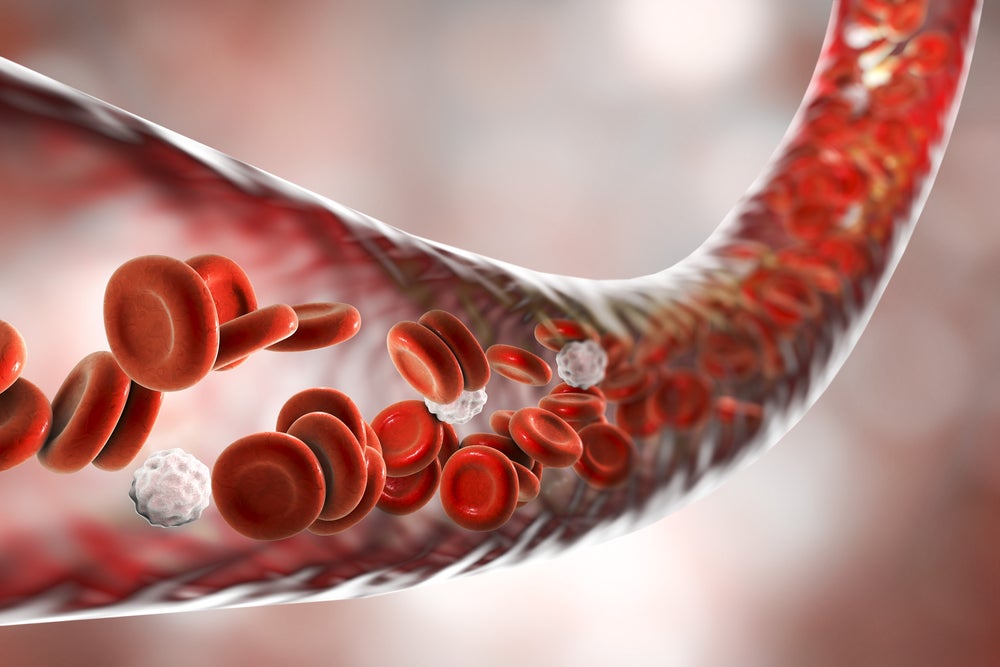
Researchers from the UK’s University of Leeds have used 10ft-tall, high-powered microscopes to gain better insights into proteins associated with amyloid-based diseases, including Alzheimer’s and Parkinson’s.
Less than 25 cryo-electron microscopes are available in the UK, and two are located at the university.
The team used the microscopes to study the structure of amyloid, which is a build-up of abnormal proteins that cause disease. They revealed a high-quality image of the β2microglobulin protein.
A part of a healthy immune system, β2microglobulin can aggregate into amyloid fibres that cause pain in people receiving long-term dialysis for kidney failure.
When formed in joints, these aggregates could result in osteoarthritis.
During the latest research, the researchers imaged both healthy and disease forms of the protein. This is expected to help drug manufacturers and scientists in finding treatments for amyloid-based diseases.
How well do you really know your competitors?
Access the most comprehensive Company Profiles on the market, powered by GlobalData. Save hours of research. Gain competitive edge.

Thank you!
Your download email will arrive shortly
Not ready to buy yet? Download a free sample
We are confident about the unique quality of our Company Profiles. However, we want you to make the most beneficial decision for your business, so we offer a free sample that you can download by submitting the below form
By GlobalDataIn collaboration with the US’ Massachusetts Institute for Technology (MIT) professor Bob Griffin, the team also identified the cause behind the formation of different fibres by the same protein.
University of Leeds Astbury Centre for Structural Molecular Biology professor Sheena Radford said: “Over the past six decades since the first electron microscopy pictures of amyloid were created, scientists have progressed from working with blurred low-resolution images to our razor-sharp 3D images and structures, thanks to modern advances in cryo-electron microscopy.
“We’ve used cryo-electron microscopy not only to uncover the shape and structure of amyloid proteins but also how they grow and intertwine with each other like the strands in a rope to form larger assemblies. This knowledge is going to be crucial for knowing how to deal with them.”
Radford’s colleague Professor Neil Ranson added that the new images demonstrated the complexity of the amyloid structure, further detailing the ladder-like structure that was previously known.
Ranson noted: “The extra detail we have uncovered means we can start to understand these proteins’ disease-causing abilities.”
The images and 3D structures of the protein aggregates were published in Nature Communications journal.





